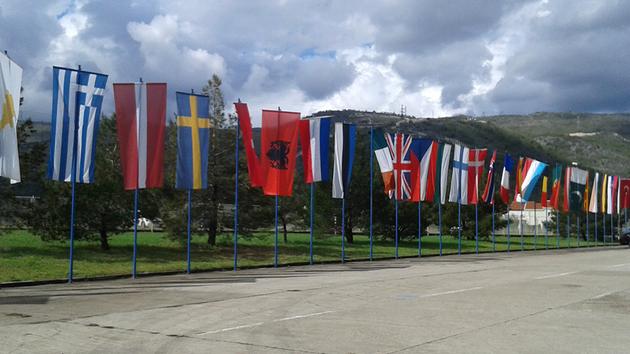Pandemic Halves Foreign Investments – Only a Slight Drop in the Western Balkans
 Tuesday, 29.12.2020.
Tuesday, 29.12.2020.
 09:01
09:01

In the countries of Central, Eastern and Southeastern Europe (CESEE), in the first six months of 2020, direct foreign investments dropped by 58% compared to the same period in 2019, whereas, on a global level, a smaller drop was recorded, by 49%, according to the estimate of the UNCTAD.
Still, the drop in the CESEE region was smaller than in developed economies, where it is estimated at 75%.
The drop of the inflow of direct of foreign investments did not affect the CESEE countries equally. In the Western Balkans, the drop was 8%, in the EU-CEE countries, it was 35%, and in the Commonwealth of Independent States plus Ukraine and Turkey group, it was around 40%.
In the observed six-month period, Russia had a negative inflow of direct foreign investments, WIIW says.
It is also noted that, in the CEE states that are members of the EU, the drop of foreign direct investments began back in 2019, when a three-year growth period ended.
In the entire CESEE region, the capital for greenfield investments lowered by 23%, whereas, on a global level, in the first half of 2020, the drop was 34%.
Most Important News
06.04.2024. | Agriculture
Preconditions for Placement of Fresh Blueberries and Dried Plums in Chinese Market Secured

16.04.2024. | News
Jovan Ciric, Leasing Director Retail MPC Properties – MPC Echo symbolizes our desire for good ideas and innovative endeavors to spread freely and bring about positive changes

16.04.2024. | News
10.04.2024. | Finance, IT, Telecommunications, Tourism, Sports, Culture
Creative Industry – What This Serbian Economy Sector Worth EUR 2 Billion Encompasses

10.04.2024. | Finance, IT, Telecommunications, Tourism, Sports, Culture
16.04.2024. | News
Polish chain Zabka to come to Serbia?

16.04.2024. | News
16.04.2024. | News
Economy Fair in Mostar opens – 26 companies from Serbia exhibiting

16.04.2024. | News
15.04.2024. | Transport
Air Serbia flies directly from Belgrade to Mostar in less than one hour

15.04.2024. | Transport


 Izdanje Srbija
Izdanje Srbija Serbische Ausgabe
Serbische Ausgabe Izdanje BiH
Izdanje BiH Izdanje Crna Gora
Izdanje Crna Gora


 News
News






